The days are getting shorter and colder, which means the holiday season is approaching. This time of year, people begin spending more time indoors, so it’s the perfect time to talk about houseplants! Having plants indoors can be a wonderful addition to a home or an indoor space. They provide life, beauty and even help clean up the air. It has been said that having houseplants around can help people who suffer from allergies. For all the advantages that house plants provide, the truth is they can be tricky to grow. So, let’s talk about some of the easier house plants to grow and how to care for them. I will even highlight a few that can be especially useful as holiday decor!
Here is a list of my favorite plants that grow well indoors:
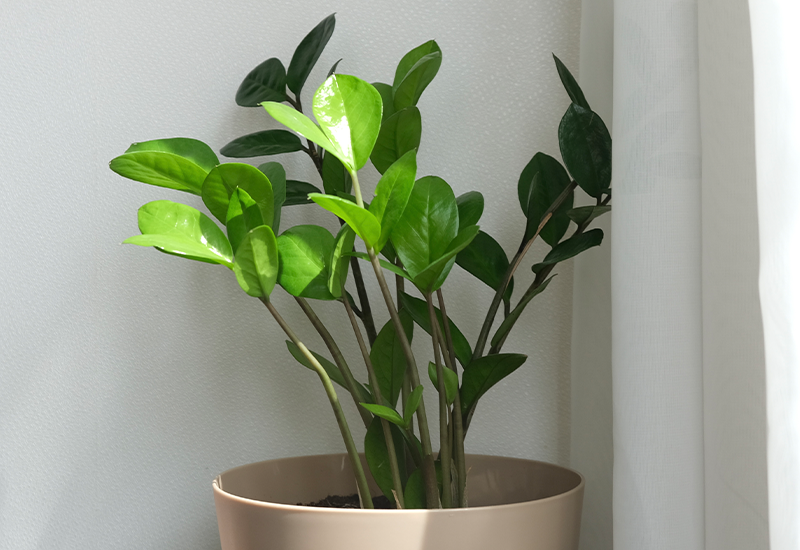
ZZ Palm – These plants have very dark, thick, and waxy leaves. ZZ’s can tolerate very low light conditions so if you don’t have good lighting, this is a great plant for you! These plants are sometimes referred to as “upright growers” and can look great when combined with other houseplants. There are many varieties of ZZ Palms, including one type with black leaves!
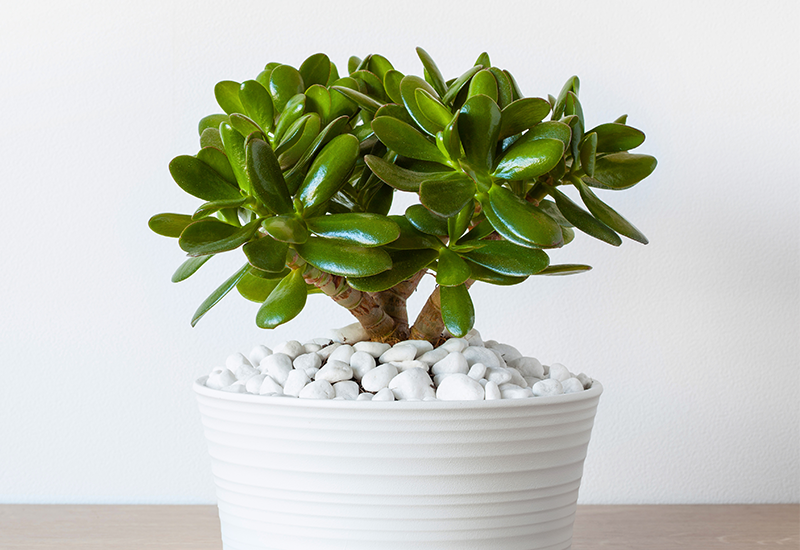
Jade plant – These are sometimes considered “old-fashioned” house plants that can live a very long time. They are a succulent type of plant with thick waxy leaves. There are many varieties of Jade plants to choose from. These plants adapt to different lighting conditions and do just fine outdoors, even in the warm season. These are some of my favorites!
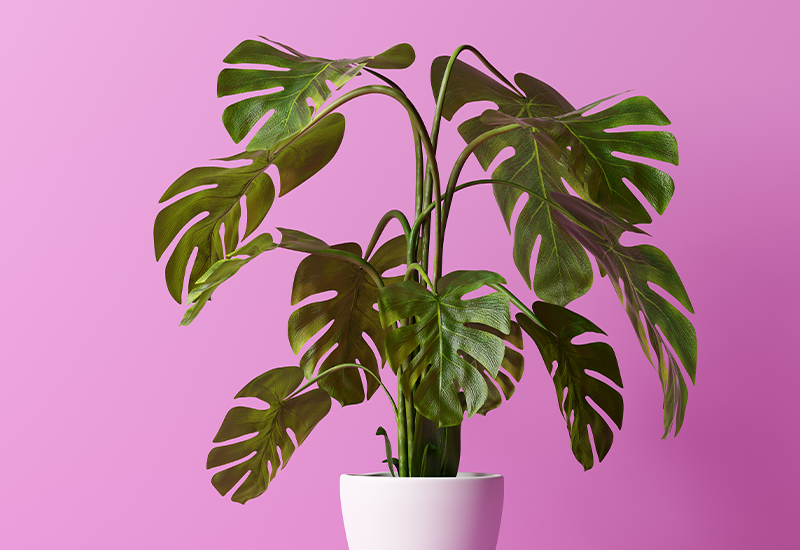
Monstera – These have become extremely popular in the last few years. Monstera plants have large leaves that are often cut at the edges or have holes through the leaf surface – in fact, Monsteras are often called Swiss Cheese plants! There are many different types available now, and some of them feature variegation and multi-colored leaves. The Thai Constellation variety is extremely beautiful and very popular. These houseplants like bright light, but indirect is best for most types.
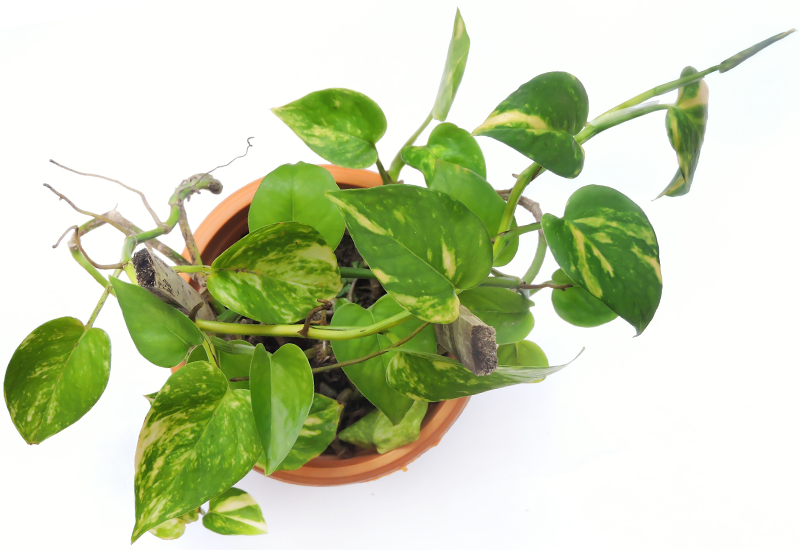
Pothos Ivy – These trailing vines can also be trained to climb a trellis. They have big multicolored leaves. Pothos Ivy works great in hanging baskets. These are some of the most adaptable house plants I know of and can even be grown as cuttings for long periods of time. Pothos are adaptable to almost any lighting condition and can be outside during the warm season, too.
Here are a few houseplant ideas for the Holiday season:
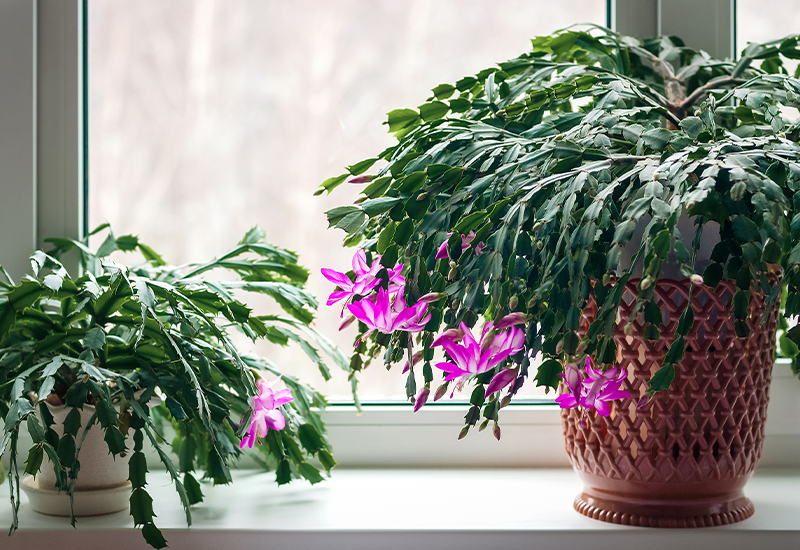
Christmas Cactus – These are jungle-type cactus that have broad-segmented succulent leaves. They make very showy flowers and are usually pink or white. They are called Christmas Cactus because, under the right lighting conditions, they can bloom around Christmas time. They are adaptable but prefer bright light. They can live a long time, especially in a decent-sized pot. I had one for several years, and I can confirm that while they don’t always bloom at Christmas, mine did for me for at least a few years.
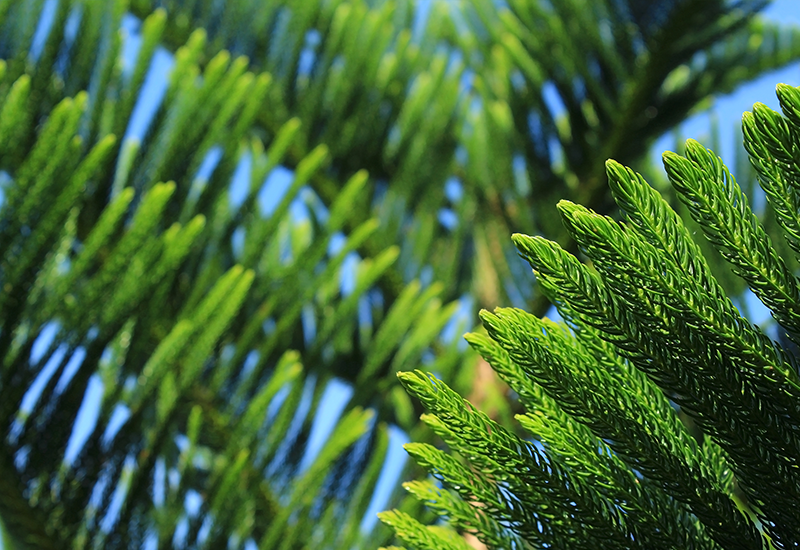
Norfolk Island Pine – These are great plants to use for a living Christmas tree! These are trees with graceful branches and short dark green needles. The needles are soft, so they will not poke. Larger Norfolk’s have very sturdy branches that can hold lights and Christmas ornaments quite well. They prefer bright but indirect light but can adapt quite well to most bright-light locations. Just don’t keep them in a dark area.
Caring for your House Plant
Once you have a house plant picked out, you will need to care for it. The first step is to pay attention to the lighting recommendations I gave for each plant I listed above. That will help you determine where in the house to grow your plant or plants. Light meters can help greatly with this, and many cell phones now have light meter apps that can be downloaded. If you aren’t sure about lighting in general, more light is better than not enough. Remember, no place has to be permanent for your house plants. If they are not doing well, move them to a location with different lighting and see how they do.
Next, you need to establish a good watering schedule. This is something that can be trial and error as each plant and location is a bit different. I usually recommend starting with one watering a week and adjusting as needed. Fertilizing is also something that needs to be considered. Most houseplants don’t need fertilizer that often, but it is needed to keep a plant healthy long-term. There are many options, including liquid fertilizers, organic options, and slow release. I really like the slow-release types, as fertilizer is slowly added to the soil each time you water. Most house plants could be adequately fertilized by two to three annual applications of slow-release fertilizer.
This is by no means an all-inclusive list of house plants. It also isn’t a how-to guide. I just wanted to share a few of my favorites that I know to be easy to grow and a few that make for good holiday décor. Use this blog as a place to start. There is a ton of good information on this subject out there on the web, and most good local garden centers will have a resident house plant expert. Until next time, Happy Holidays and Happy Gardening!
